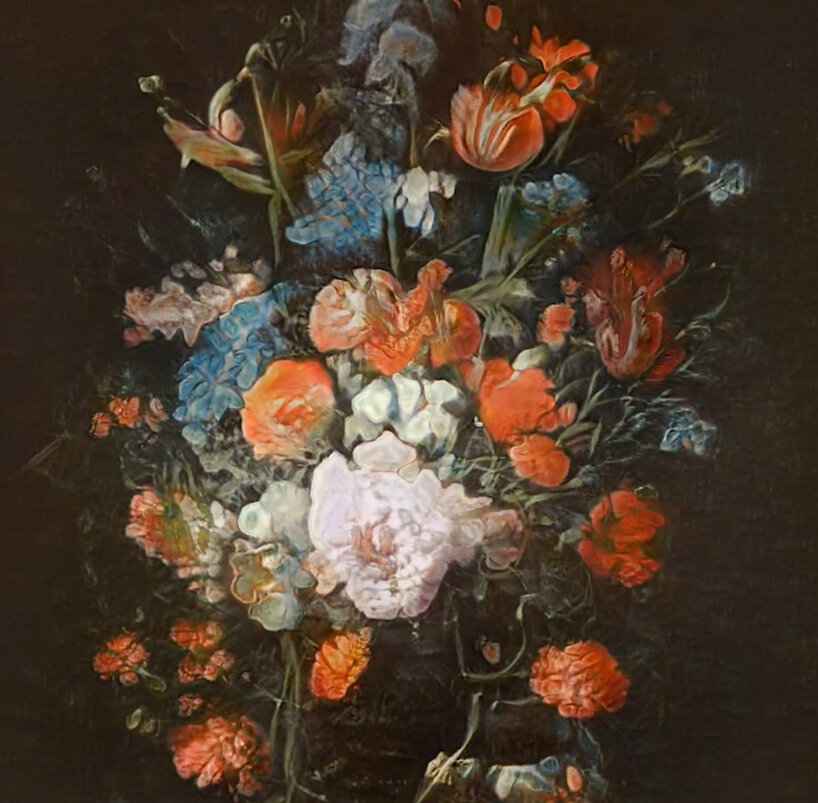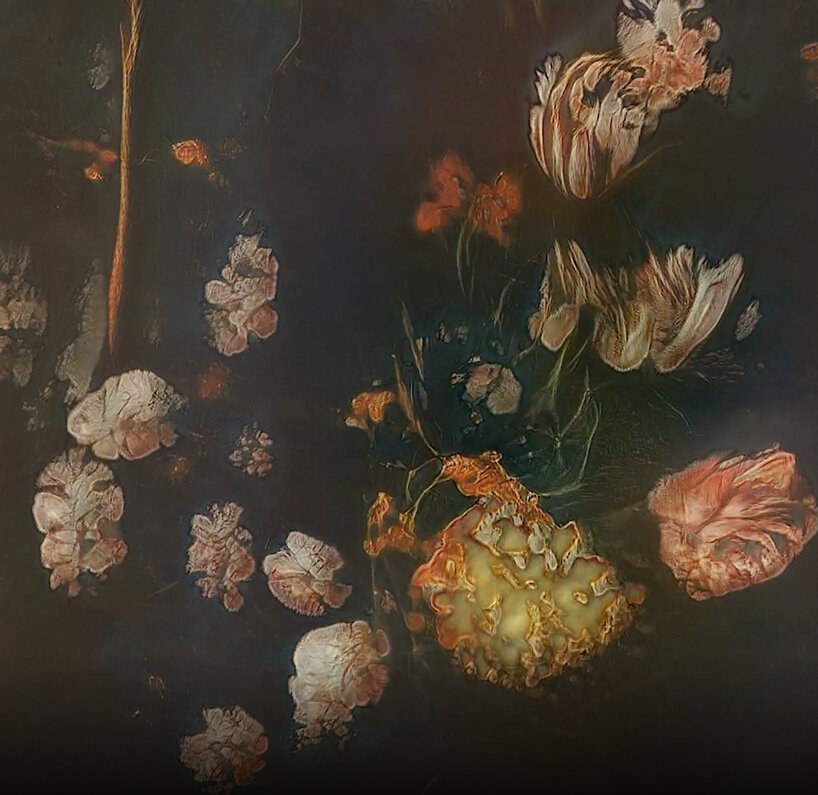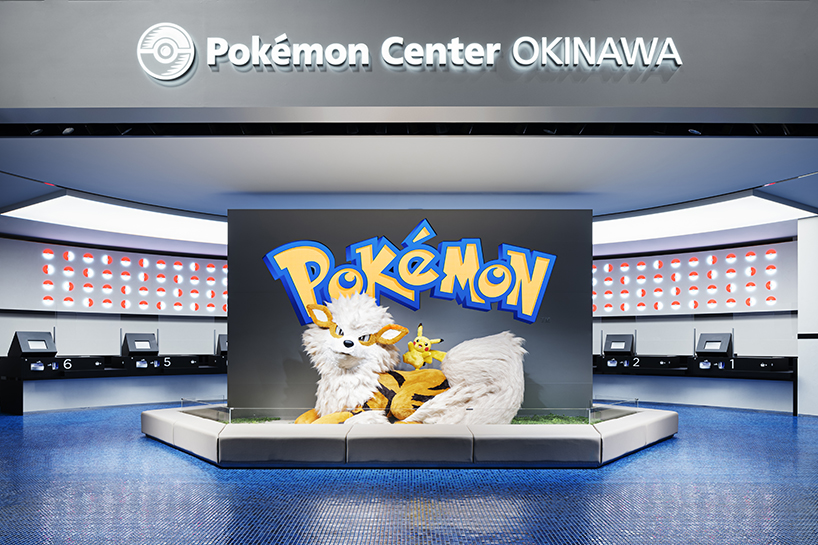
daata on artificial intelligence, NFTs, and how digital
PIONEERING ART IN DIGITAL MEDIA
Founded in 2015, Daata is a digital art incubator that curates, commissions, exhibits and sells original, digital artworks by emerging and established international artists. A pioneer of art in digital media, the platform has commissioned more than 400 artworks by over 100 artists to date, and collaborated with galleries, museums, collections, art fairs, festivals and other organisations such as NASA, Kiasma, MOCAD, Art Basel, Phillips, Hauser & Wirth and kurimanzutto among many others. With an interest in supporting artists that realize artworks bridging digital and physical media, Daata’s projects are often multidimensional, spanning from image and video NFTs, to physical installations and objects.
designboom spoke with founder, David Gryn, and web3 strategist and chief technology officer (CTO), Josh Hardy, to learn more about Daata’s mission, their view on AI tools and how digital media is disrupting the art world. ‘My role has been to work with artists who work with technologies like artists who work with tubes of paint,’ notes Gryn during our interview. ‘The best artists always get the best out of technologies. It doesn’t make you a good artist because you’ve got the best tools in your hand. That’s always been the mythology, that the tool will actually make you a good artist. It’s never done that to anybody.’ Read the conversation in full below.

still from Damien Roach, SEED TWO (ii), 2022 | AI-generated video with sound, NFT | courtesy the artist and Daata
INTERVIEW WITH DAATA’S David Gryn AND Josh Hardy
designboom (DB): Can you introduce Daata’s mission? Do you collaborate with artists directly or through other galleries? How do you select who to work with?
David Gryn (DG): Daata started as a commissioning platform for artists working with digital media, ostensibly video and sound works, mp4, mp3. Our mojo always has been, even to this day, how do we empower and support artists working with certain technologies? We started with commissioning, paying artists some fee to make their work, making sure they got paid a royalty on sales, and finding ways to promote it in the market with outcomes beyond just the website, like doing physical events. I have a background in curating, facilitating projects with fairs like Art Basel and encouraging galleries and artists to show their digital work when they wouldn’t normally bring it to an art fair. I’ve been doing this for 20 years and we launched as Daata effectively nine years ago. In my time of doing this we’ve commissioned about a hundred artists, we’ve got a lot of galleries we work with while often collaborating with museums and art fairs.
I’ve always hoped that there was going to a bigger marketplace and that there would be more than a couple of platforms that were doing what I did and what we’ve done. Now we’ve got this tsunami of platforms and it puts us into a very interesting place. This possibility brings almost a hyper excitement as opposed to before, when we were trying to get people excited just to have one person looking at a video. Expectations have changed, everything’s changed in the last two years and even we had to recalibrate. We weren’t a tech platform when we launched, we were a website that was built by very close partners to us who had the technical abilities to build a website that we could show videos on, but we weren’t techies. Josh (Hardy) joined us, took over the website, and has built our abilities to do projects with NFTs, augmented reality, and all the things that we realized we had to make sure we could do before we could breathe. Everyone was approaching us to work with them but we still didn’t feel that we were in the perfect place just because we had artist artworks and content. We didn’t want to just be saying yes to everybody just to help their business model. We probably should have done some yeses, more than nos, but it was the way that we felt we could believe in what we are doing and trust the process, not just for ourselves, but for the artists we represent and work with.
DB: Although some platforms, like yours, have been around for quite a few years now, this moment feels really fresh and exciting for digital art. Like somehow things are really just starting now.
DG: It’s one of those times where you just know that you have to take a deep breath, recalibrate and not be scared of it. Change is often scary to people, but I think the nurturing of an artist is always about the nurturing of something that will change all the time, because that’s what artists do. We have to be a platform that can support that but also breathe with it too and be able to change alongside the artists we work with. But they also want to know that we are going to be a strong platform and protector to them too. So it’s about how we move forward together, while new artists come along. We’re currently talking to artists who are literally in their early twenties, doing brilliant work and we’re recognizing that. They are coming tuned in with technologies that someone possibly in their thirties, forties, or fifties might not have.
We are seeing something very new and exciting, things like AI and VR just weren’t around. Those that have grown up with these really have a different understanding. It’s a bit like going to Western City or going to see ceramics somewhere like in Tokyo or Kyoto. You realize there’s a different appreciation of that matter because it comes from somewhere that believes and trusts in that material in such a different way to how we have been brought up. In a way, that clock has gone so fast with digital, whereas it took maybe thousands of years with ceramics.

still from Damien Roach, SEED TWO (ii), 2022, courtesy the artist and Daata
DB: Are you interested exclusively in the digital sphere or are there physical extensions of what you are doing?
Josh Hardy (JH): Actually ‘Seed’, the project we just launched with Damien Roach has a physical component. It mainly consists of NFTs, which are videos generated from an AI model that he trained on 19th-century dutch flower paintings.
DG: He’s a musician, so he also came up with a soundtrack featuring the sound of an orchestra. The first purchaser of the longer video-based work gets a skateboard, and then there are an additional 55 NFTs that are shorter, and they come with a fragrance! We also have a limited edition of 55 T-shirts, not NFT-related, that are all different. Merchandise is embedded in some of the things we do with artists because it adds a sort of repertoire and dialogue around the work. It’s not the logic of just merch, it’s more the feeling of the NFT world and the idea of being able to own things. Not just to those that can afford maybe the more expensive things, but enabling also other kinds of ownership. It’s not really lucrative, but it’s part of the narrative. Actually most artists we work with get really excited about merchandising. I think they see the pop world and they think it’s the same thing. It isn’t, there’s such large audiences with the pop world. Even at the top end of the art world, you don’t have that level of interest. You don’t have millions and millions of followers of any particular art form, people might be aware, but I can’t see an equation. Maybe with the music world when it’s at top level.
JH: I just think things get disrupted by technology. Every industry gets disrupted, and in a way I think it’s the art world’s reckoning with the internet and technology. It didn’t work before, but solving the ownership problem for digital files meant that you could distribute art and when you can have that scale of distribution then naturally you start thinking, well, if we can distribute to a lot more people we can lower the price. So the vertical thinking about the art world, where some people sit up here and then everyone else down there just gets to walk into a gallery and pay to go see some things on the wall, is flipped on its side all of a sudden. It’s much wider and everyone can get involved and participate. It’s maybe not so elitist.



